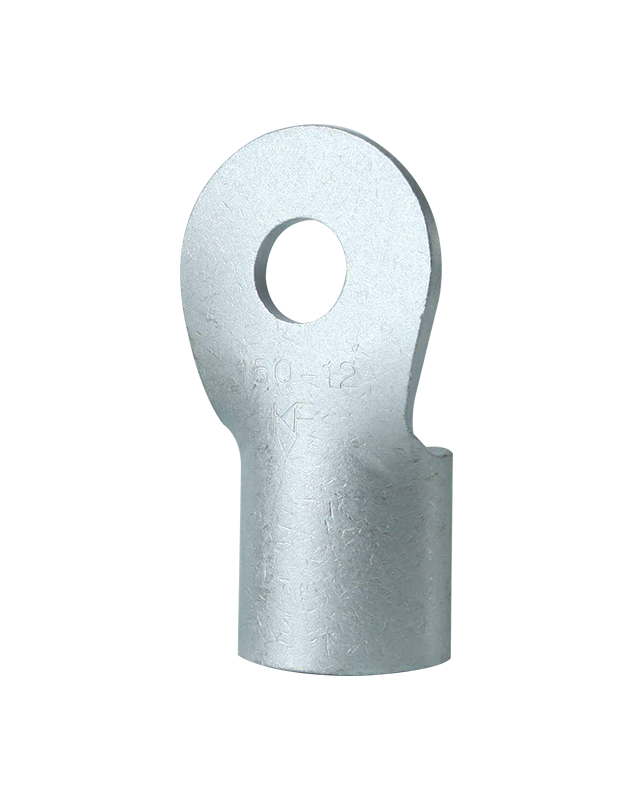

Electrical connections play a vital role in ensuring th […]
Electrical connections play a vital role in ensuring the safety and reliability of electrical systems. A poor connection can result in a range of problems, from reduced performance to electrical fires. Cold pressure terminals are one type of electrical terminal that can help to ensure a secure and stable connection. But what exactly are cold pressure terminals, and how do they work?
What are Cold Pressure Terminals?
Cold pressure terminals, also known as cold-weld terminals or swage terminals, are a type of electrical terminal that is used to connect a conductor (wire) to a mating component (e.g. a circuit board, terminal block, or busbar). They are called cold pressure terminals because the process of making the connection does not require any heat or soldering. Instead, the terminal is crimped or compressed onto the conductor, creating a permanent mechanical and electrical bond.
How do Cold Pressure Terminals Work?
Cold pressure terminals work by using pressure to create a secure and reliable connection between the conductor and the mating component. The terminal is made from a conductive material (usually copper or aluminum) and is designed to fit snugly around the conductor. When the terminal is compressed onto the conductor, the pressure causes the conductor to deform slightly and conform to the shape of the terminal. This creates a tight mechanical bond that holds the conductor in place and prevents it from coming loose.
In addition to the mechanical bond, the pressure also causes the conductor and the terminal to form a low-resistance electrical bond. This is because the pressure causes the metal surfaces to become deformed and rough, creating more contact points and reducing the resistance of the connection. The result is a strong, low-resistance connection that is resistant to vibration, temperature changes, and other environmental factors that can cause a connection to fail.
Why Are Cold Pressure Terminals Important?
Cold pressure terminals are important in electrical connections because they provide a number of advantages over other types of terminals. Some of the key benefits of cold pressure terminals include:
High reliability: Because cold pressure terminals create a strong mechanical and electrical bond, they are highly reliable and resistant to failure.
Easy to install: Cold pressure terminals can be installed quickly and easily using a crimping tool, without the need for heat or soldering.
Versatile: Cold pressure terminals can be used with a wide range of conductors and mating components, making them a versatile solution for many different applications.
Cost-effective: Cold pressure terminals are often more cost-effective than other types of terminals because they do not require expensive equipment or materials to install.
In conclusion, cold pressure terminals are an important type of electrical terminal that can help to ensure the safety and reliability of electrical connections. By providing a strong, low-resistance connection that is resistant to environmental factors, cold pressure terminals offer a range of benefits over other types of terminals. As such, they are a popular choice for many different types of electrical applications.

You can tick the products you need and communicate with us in the message board.